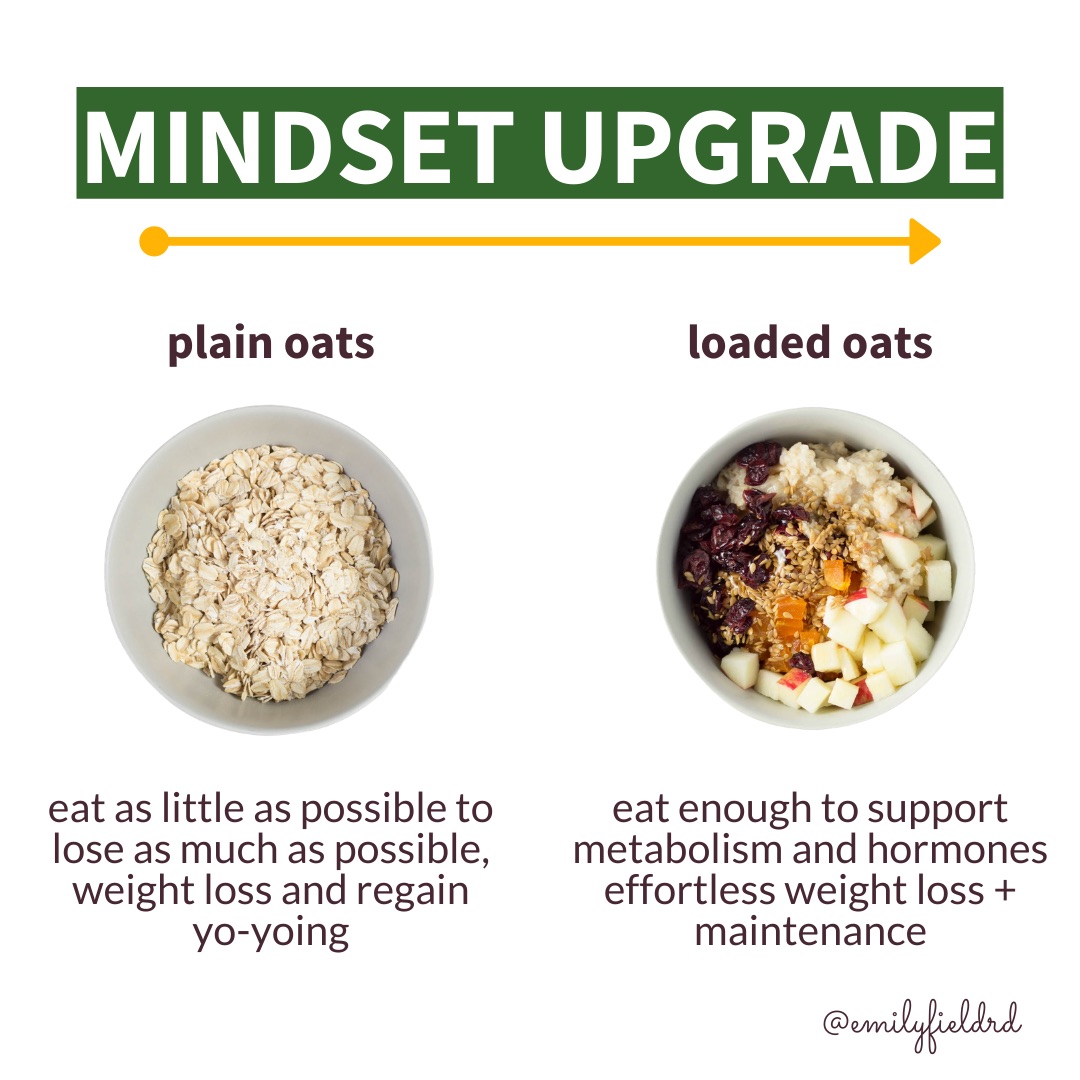You’ve heard advice to “eat less and move more,” which centers around a calories-in, calories-out model for weight loss.
Well, what happens when you eat less? You get hungry.
What happens when you exercise more? You get hungry.
How long does that model last before you’re stealing bites of your kids’ macaroni and cheese or five “portion sizes” deep in the bag of tortilla chips?
What anyone who just offers that advice fails to realize is that losing body fat to reveal strong muscles involves hormones, not just calories. Hormones are the messengers that tell the body to burn fat or store fat, remain full or feel hungry, have cravings or not, enjoy balanced energy or feel fatigued. Hormones can even impact your mood and motivation to exercise.
If hormones read the instructions sent from your body, macros write the instructions.
….you might want to read that again.
By keeping hormones in mind when setting your macro targets, you can reduce hunger, control cravings, elevate energy and increase metabolism.
Isn’t that a much different picture than a calories-first approach?
Following a macros approach doesn’t inherently lead to hormone balance but most people find that eating a variety of whole, real foods rich in fiber, vitamins and minerals in PFC balance at meals that they make themselves does make tracking easier! So, by default, we usually see better insulin, cortisol, and sex hormone balance in individuals who track macros because they’re eating healthier, balanced meals overall.

